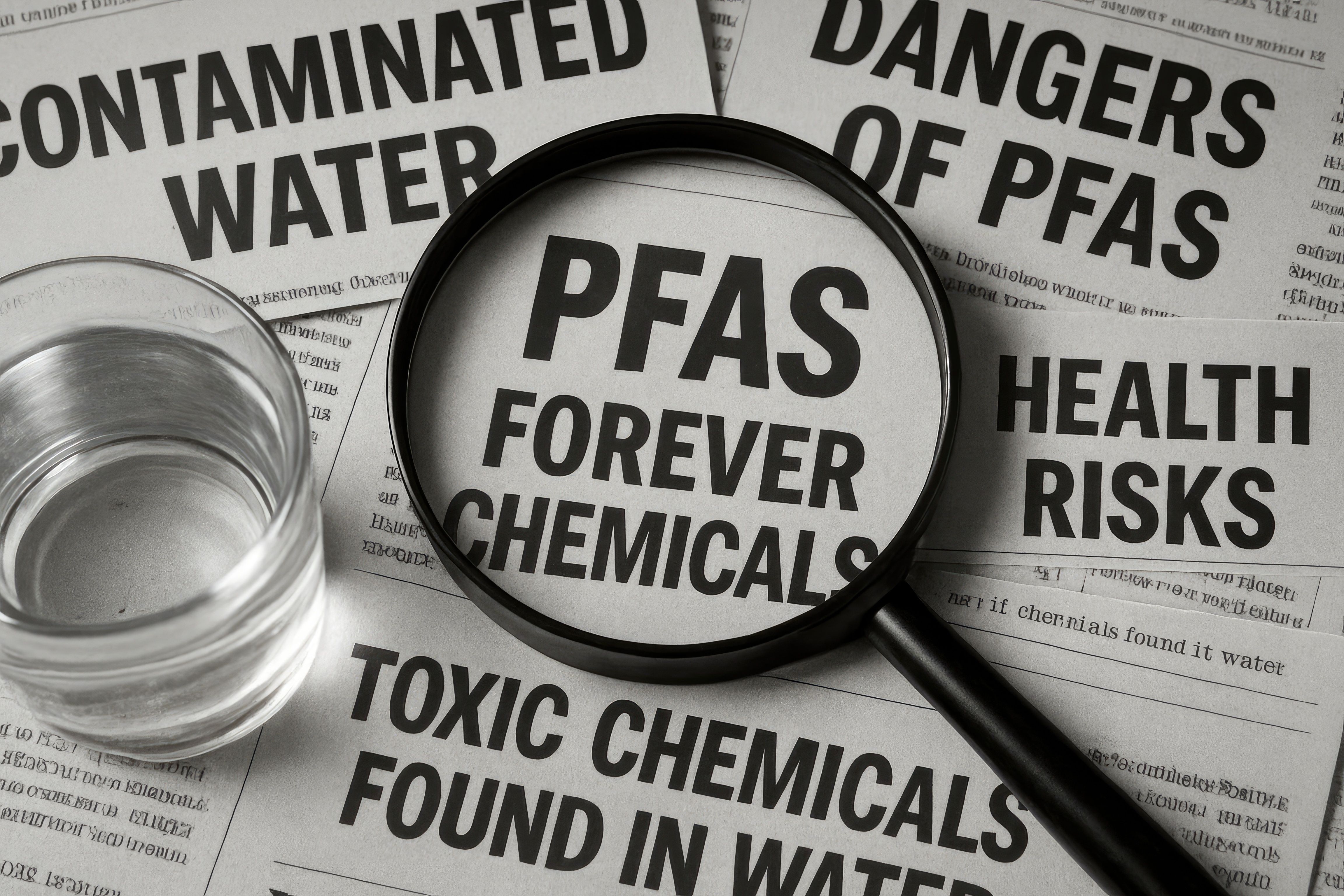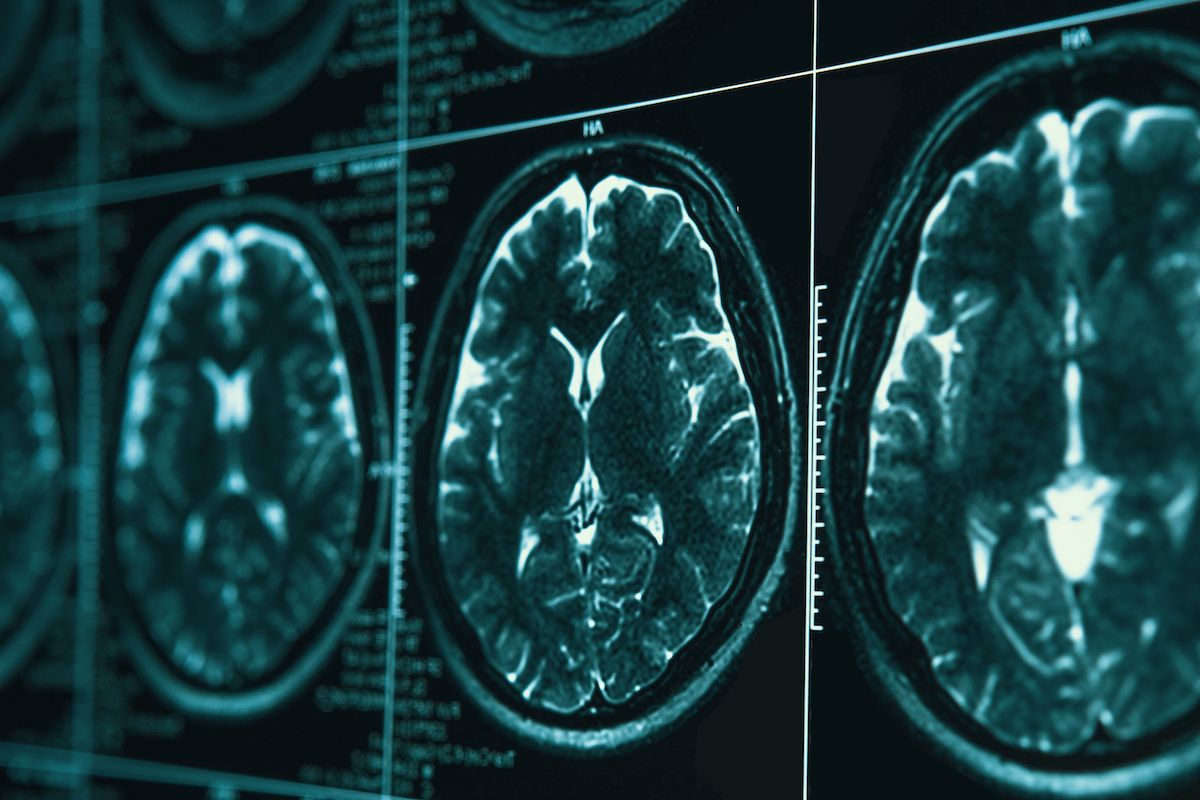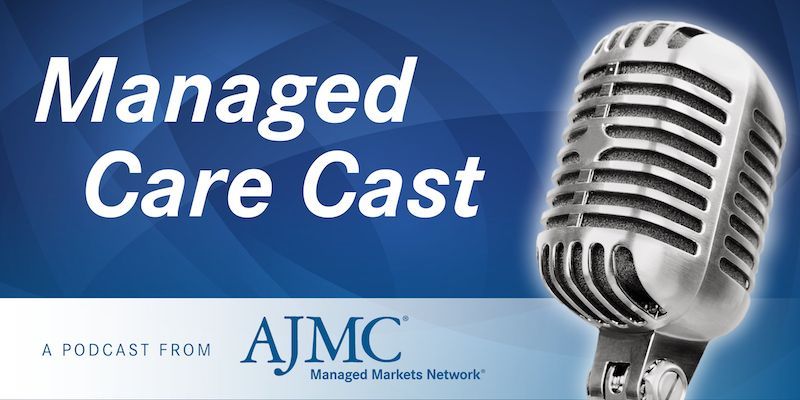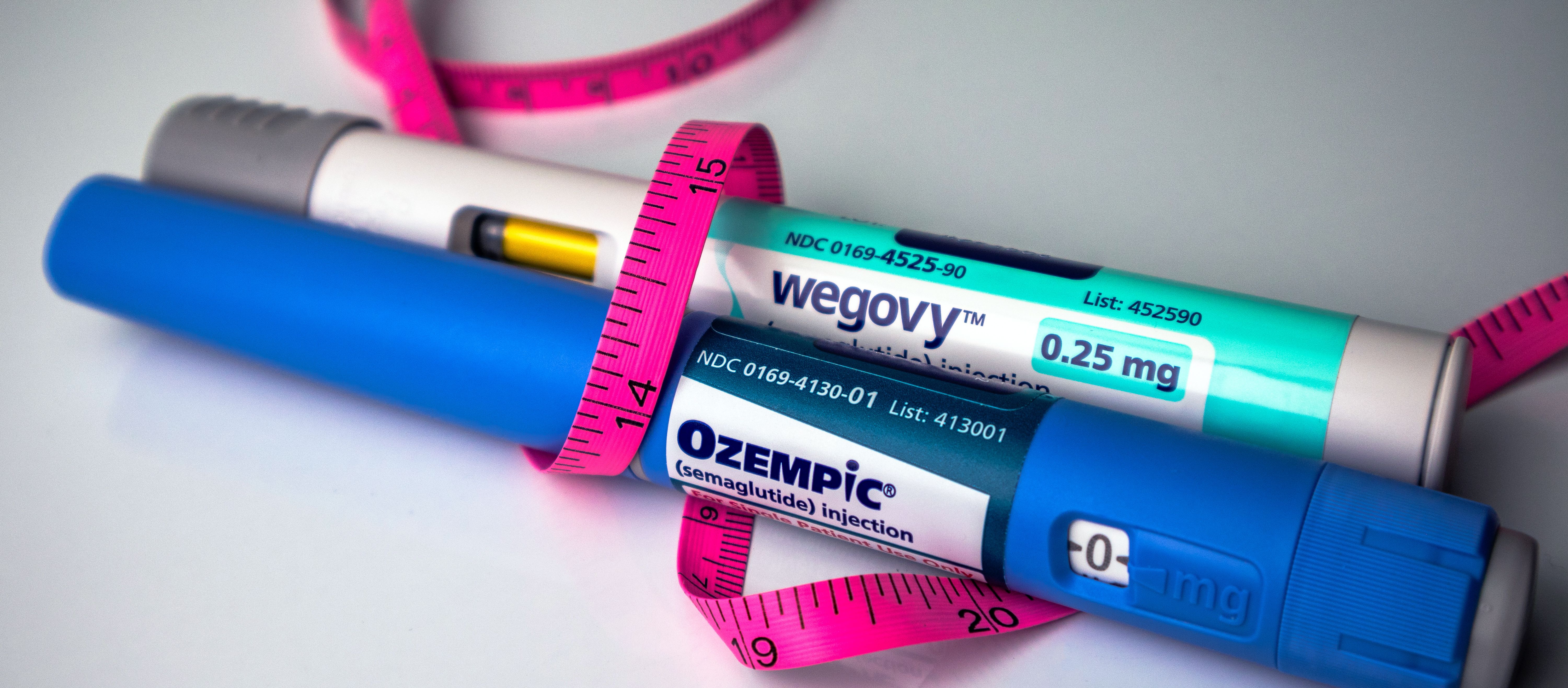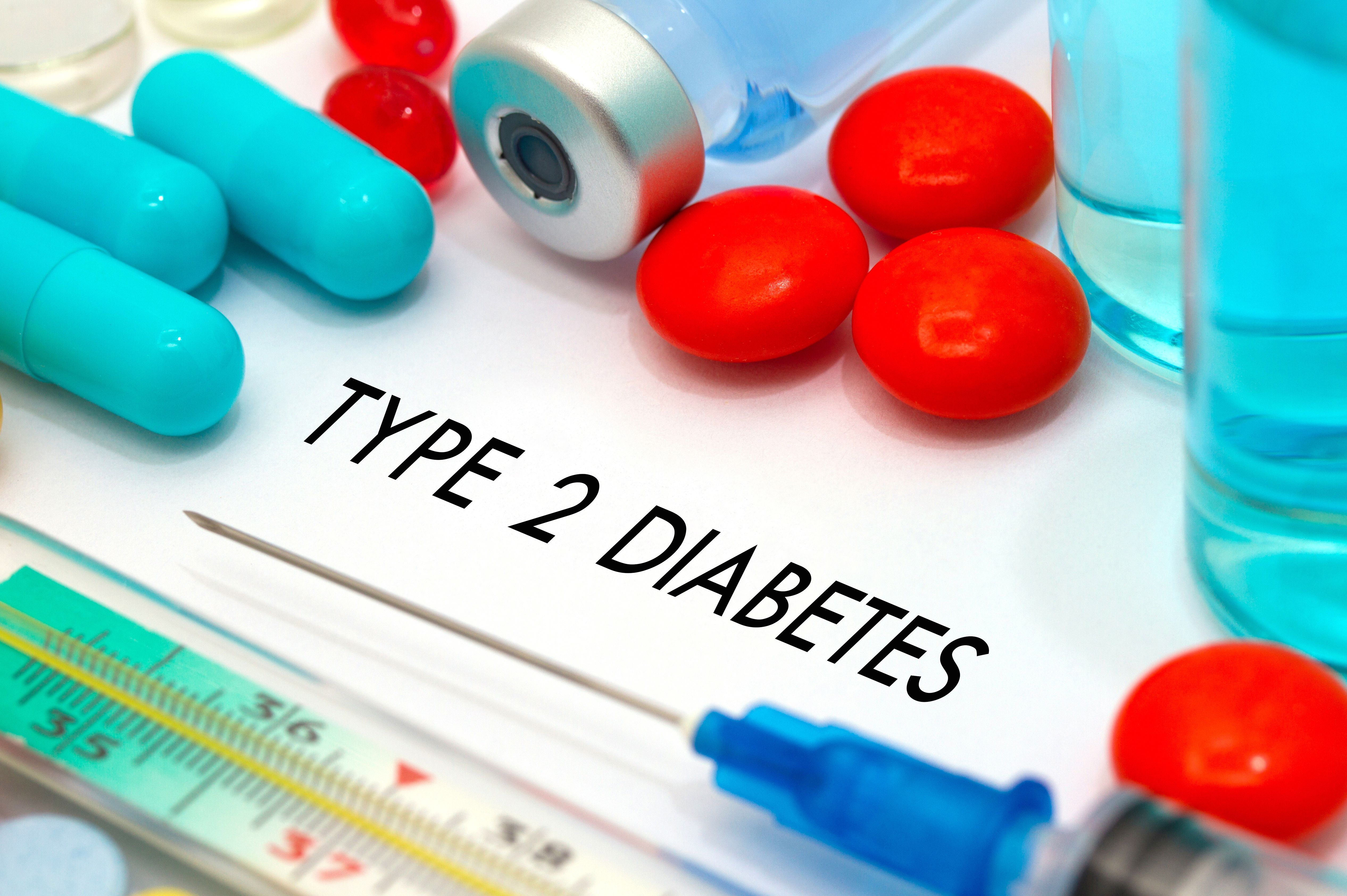Article
Generics Could Have Saved Patients $25B, and Healthcare $73B, During 2010-2012
Author(s):
Therapeutic substitution of branded drugs with generics approved for the same indication, in the absence of a generic equivalent, has the potential to yield considerable cost savings to the healthcare system and individual patients.
Therapeutic substitution of branded drugs with generic options approved for the same indication, in the absence of a generic equivalent, has the potential to yield considerable cost savings to the healthcare system and individual patients. Now a new study in JAMA Internal Medicine has provided an estimate of what these potential savings could have been 4 years back.
Two physicians conducted a repeat cross-sectional evaluation of more than 107,000 individuals who were included in the Medical Expenditure Panel Survey (2010-2012), which included questions on their use of prescription medication. Additional data sources for the study included the FDA administration records, The Orange Book, financial statements from pharmaceutical manufacturers, and published research. Importantly, the authors included pharmaceutical rebates, which are not considered in federal data, wen conducting their analysis.
About 62% of the surveyed population reported using a prescription medication, with a fairly wide distribution between the use of generic versus branded drugs. The authors found that 31.5% of them (95% CI, 30.7%-32.2%) used a medication from an included drug class; among them, 16.6% (95% CI, 16.0%-17.1%) used a branded drug from the included classes, 24.0% (95% CI, 23.4%-24.7%) used a generic, and 9.1% (95% CI, 8.7%-9.4%) used both. The total expenditure for branded drugs, the authors report, was $147 (95% CI, $137-$156) billion compared with $62.7 (95% CI, $58.9-$66.5) billion for generics. Overuse of branded drugs, they found, resulted in $73.0 (95% CI, $67.6-$78.5) billion in total excess expenditure overall for the healthcare system, and $24.6 (95% CI, $22.6-$26.5) billion in out-of-pocket excess expenditure for patients.
The study also narrowed down the drug classes that were associated with the highest excessive expenditures:
- Statins ($10.9 billion)
- Atypical antipsychotics ($9.99 billion)
- Proton pump inhibitors ($6.12 billion)
- Selective serotonin reuptake inhibitors ($6.08 billion)
- Angiotensin receptor blockers ($5.53 billion)
A point of contention though is the rising price of generics. A report released by the HHS Office of Inspector General (OIG) last year showed that for 22% of generic drugs that OIG reviewed, the increase in price exceeded the statutory inflation factor applicable to branded drugs. Looking at this a s potential cost-saving avenue for Medicaid, the OIG report said that extending the provisions for branded drugs over to generics could yield additional rebates for Medicaid—an estimate of $1.4 billion from 2005 to 2014, calculated for 200 generic drugs.
The OIG reiterated its prior recommendation to CMS to extend the additional rebate provisions to generic drugs, which was acted upon by the Bipartisan Budget Act of 2015, to be applicable in 2017.
Reference
Johansen ME, Richardson C. Estimation of potential savings through therapeutic substitution [published online May 9, 2016]. JAMA Intern Med. doi:10.1001/jamainternmed.2016.1704.
Newsletter
Stay ahead of policy, cost, and value—subscribe to AJMC for expert insights at the intersection of clinical care and health economics.
